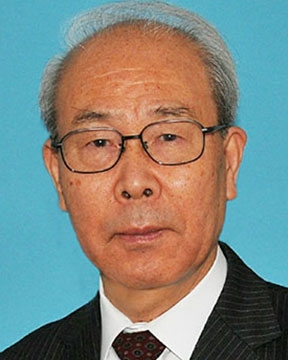 |
Dr. Tateo UsuiOsaka UniversityReduction Rate Enhancement Of Carbon Composite Iron Oxide Pellets By Using Semi-char Or Semi-charcoal 11th Intl. Symp. on Advanced Sustainable Iron & Steel Making Back to Plenary Lectures » |
Abstract:The exhaustion of natural resources (quantity and quality) and CO2 emission controls are becoming increasingly important in steel industry. A lot of steel engineers studied various means to decrease reducing agent at blast furnace for reduction of CO2 emissions. For example, injection of waste plastics and carbon neutral materials such as biomass into blast furnace is better alternative. Especially, biomass has novel advantage, namely, no CO2 emissions, because of carbon neutral. Production of carbon composite iron ore agglomerates having good reducibility and strength is becoming one of the most important subjects. Carbon composite iron oxide pellets using semi-char or semi-charcoal were proposed in order to enhance the reduction rate of iron oxide at lower temperatures. The carbonization was done under a rising temperature condition until arriving at a maximum carbonization temperature Tc,max to release some part of the volatile matter included (V.M.). Starting point of reduction of carbon composite pellet using semi-charcoal produced at Tc,max = 823 K under the rising reduction- temperature condition was observed at the reduction temperature TR = 833 K, only a little higher than Tc,max (823 K), which was the aimed phenomena. As Tc,max increases, the emitted carbonization gas volume increases, while the residual V.M. decreases, and, as a whole, the total heat value of the carbonization gas emitted tends to increase monotonically. |
|